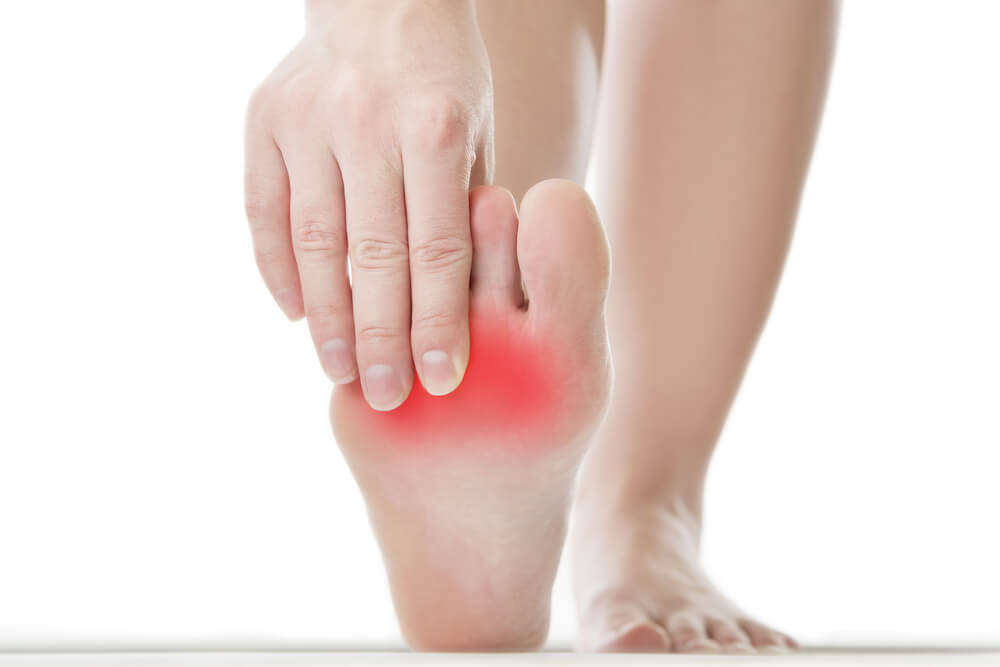Neuroma

Morton’s neuroma
Morton’s neuroma is one cause of pain in the forefoot. It was first described by Thomas Morton in 1876 where he identified that pain in the front of the foot could be related to a tumour on the nerve (neuroma) travelling to the toes. This small swelling is usually found between the third and fourth toes, although it’s not usually visible or noticeable under the skin.
What causes it?
It’s not always clear how a Morton’s Neuroma is caused, although it may be due to repeated injury where the nerve is being squashed or trapped between the ends of the metatarsal bones in the foot, causing it to gradually enlarge. It’s more common in women, and may be caused by wearing narrow, high-heeled shoes. Occasionally, an injury to the area can also cause swelling and pressure on the nerve. With repeated injury, the nerve becomes larger and is more easily injured.
What are the symptoms?
Symptoms include:
- Pain and numbness in one part of the ball of the foot, sometimes spreading to the toes
- Pain that comes and goes, often burning or stabbing, and severe enough to make you stop and take off the shoe. Some people describe it as being like having a stone or marble under the foot that moves around, and the toes can feel numb
- Sometimes the pain moves further along the foot or up the leg. Wearing flip-flops or going barefoot can help relieve the pain
How is it diagnosed?
Diagnosis can be difficult and sometimes it takes several examinations to identify the neuroma. It may also be necessary to have an ultrasound scan.
Can the problem become worse?
Yes. Although people often live with the symptoms for many years, without medical help the problem will tend to become slowly worse.
How is it treated?
- Initial treatment may involve wearing wider, softer and more shock absorbing shoes with a lower heel to reduce the compression around the neuroma. Insoles can be molded to relieve symptoms, but this is not always successful
- The neuroma can be injected with cortisone and anesthetic, which is successful in around 30-40% of patients
- If symptoms continue, you may be offered Morton’s neuroma surgery which is successful in around 90% of cases
Important: This information is only a guideline to help you understand your treatment and what to expect. Everyone is different and your rehabilitation may be quicker or slower than other people’s. Please call us for advice if you’re worried about any aspect of your health or recovery.